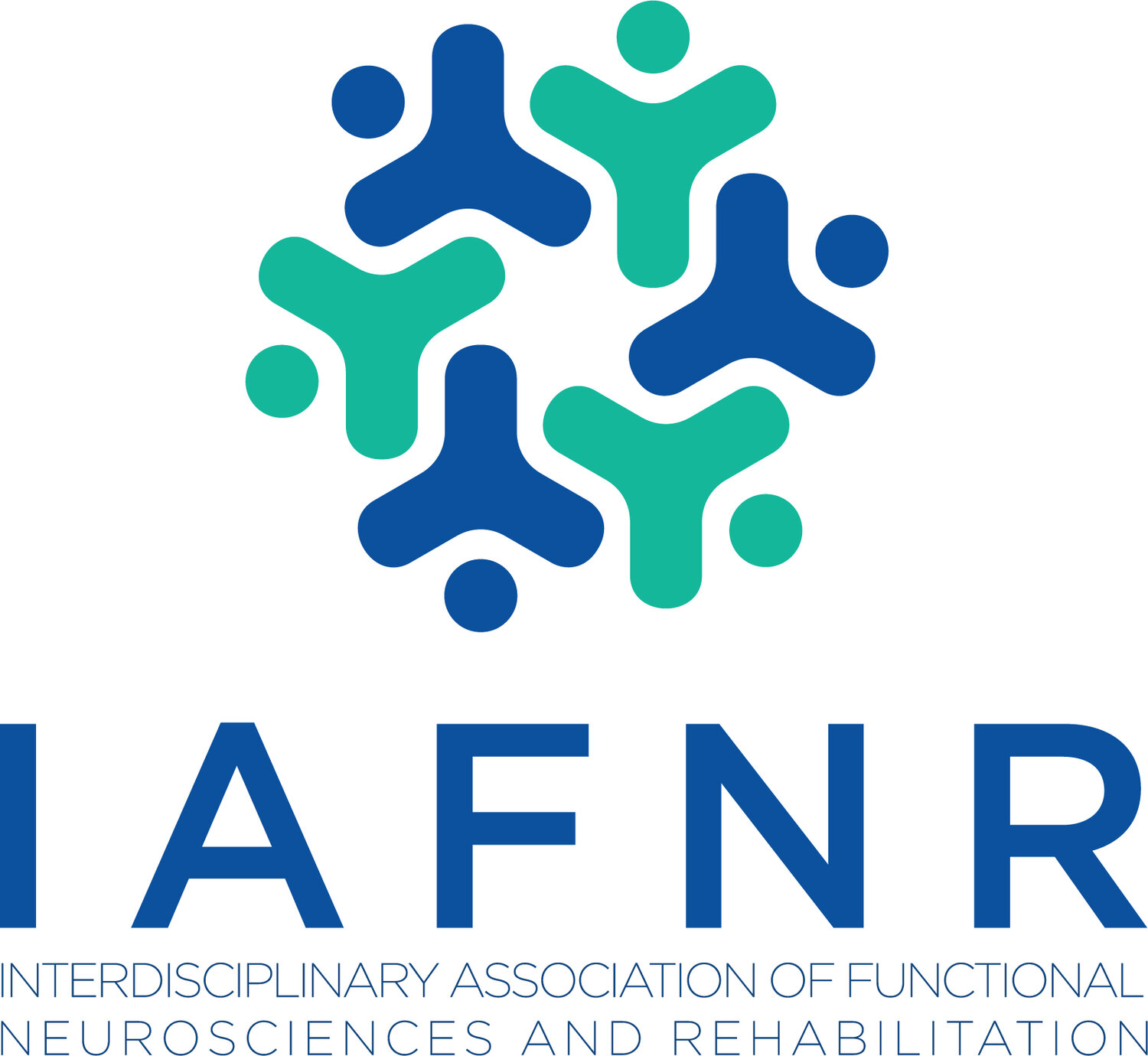Shedding Light on Nonverbal Learning Disability
A key characteristic of neurodevelopmental disorders such as ADHD include difficulties with visual-spatial processing of sensory information as well as difficulty with reading, writing and mathematics. A new study in JAMA set out to estimate the prevalence of a not-so-often talked about developmental disorder, Nonverbal Learning Disability (NVLD). The hope with this type of study was to shed light on some children that are suffering from developmental issues related to this disorder so they can receive the proper types of therapies and treatments. Although the name suggests, children suffering from NVLD are not nonverbal and don't seem to have much difficulty with reading, however, mathematics, social skills, fine motor skills and executive functions prove to be a challenge for them.
Symptoms under the umbrella of neurodevelopmental disorders do seem to overlap. This study found that the first and second most common diagnoses received by those identified as meeting criteria for NVLD were ADHD and anxiety disorder. “While there is some overlap in symptoms between the two disorders, it’s important to distinguish between them so we can begin to develop interventions for NVLD,” says lead author Amy E. Margolis, PhD, assistant professor of medical psychology at Columbia University Vagelos College of Physicians and Surgeons.
To understand how common this disorder may be, the team analyzed three samples of children ages 6-19 (a total of 2,596 individuals). Children with deficits in spatial reasoning and impairment in two of four domaines (social skills, visual executive function, math and fine motor skills) were considered to have NVLD.
Conclusions of the study revealed that approximately 2.2 to 2.9 million may be suffering from NVLD.
Why is this important for our community? We are extremely capable and competent in helping these children build better brains. Understanding that this diagnosis exists, being able to discuss this with parents, and creating a proper neurological rehab exercise program for these kids can have a profound impact on their future!
